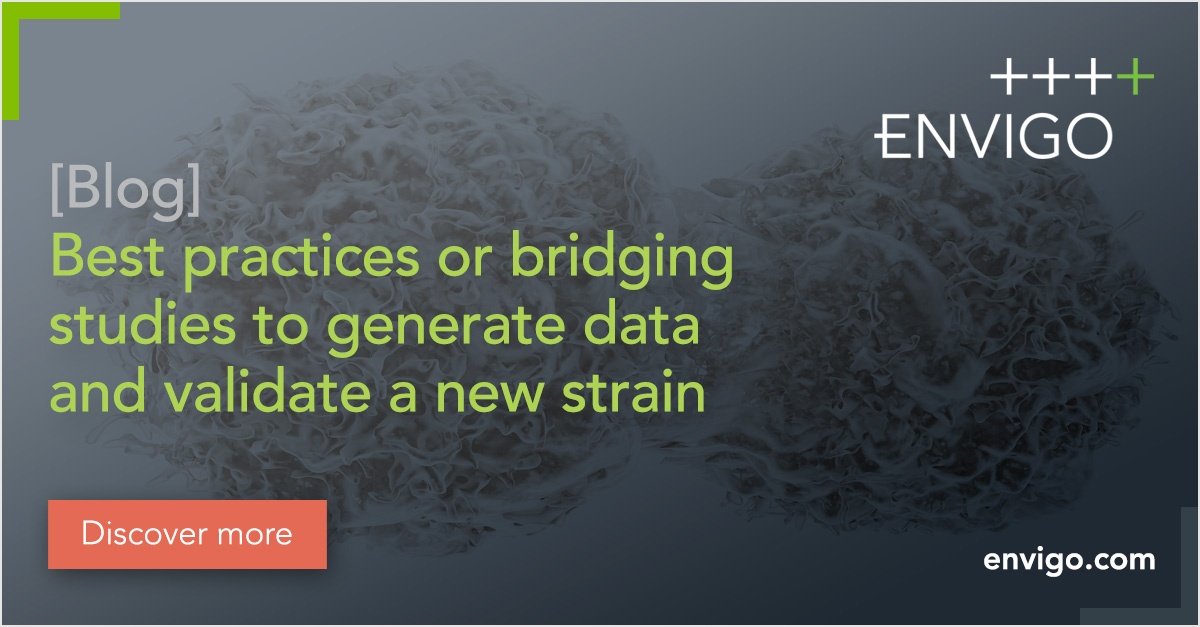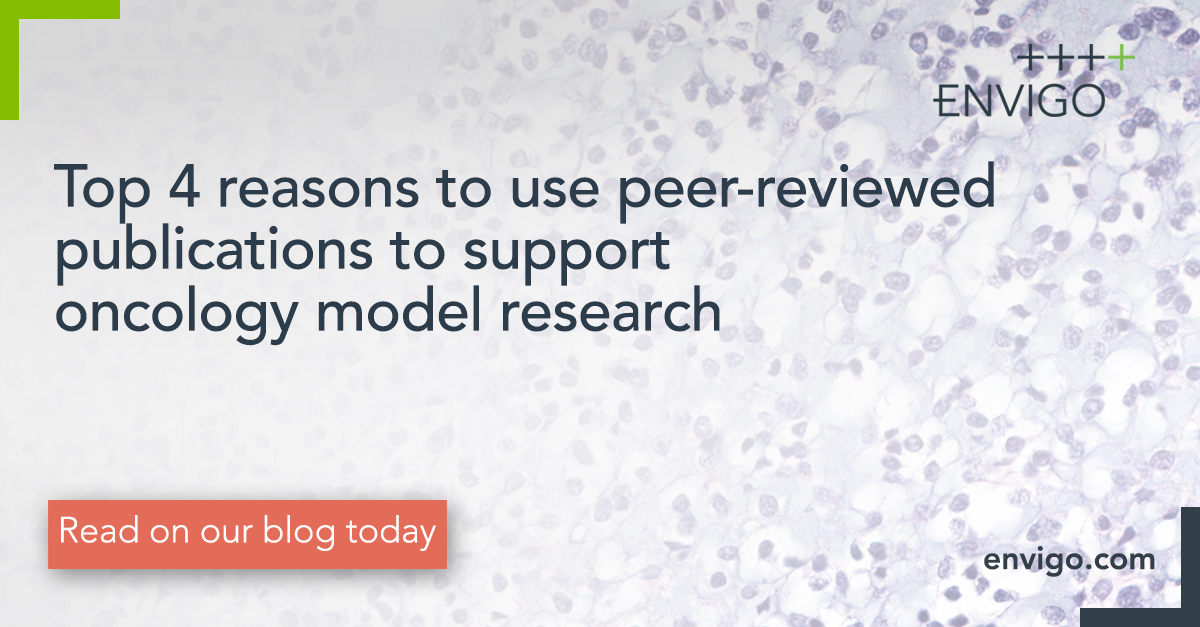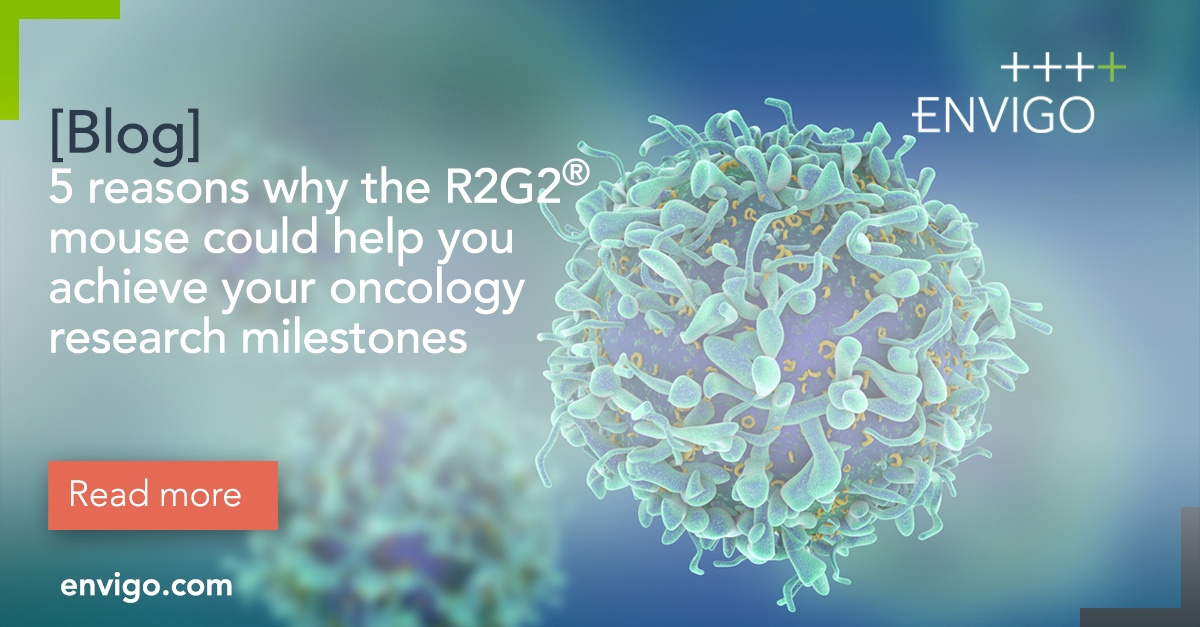

The B-NDG mouse model: A game-changing research tool
Immunodeficient mouse models are important tools across a range of biomedical research fields, including oncology, immunology, infectious disease, stem cell biology, and more. Their availability has...

Best practices for bridging studies to generate data and validate a new strain
In this blog on bridging studies, we provide general best-practices relevant to oncology bridging studies, including basic study design considerations and insights that are the culmination of many...

Top 4 reasons to use peer-reviewed publications to support oncology model research
Preclinical evaluation of a molecular compound and testing a therapeutic approach for a potential cancer treatment often relies on biomedical research with cancer cell lines. Selecting the most...

5 reasons why the R2G2® mouse could help you achieve your oncology research milestones
The R2G2® mouse has the potential to help you break new ground in investigational cancer therapies. In two recent studies, this model tolerated standard of care chemotherapy and estrogen...

Bridging studies - Why do researchers switch rodent strains?
Selecting the right model and rodent strain for your oncology studies can maximize the chances of success. However, there is an ever-increasing portfolio of available models and strains that may...

How to select the right oncology model
Key considerations for selecting the most appropriate oncology modelToday’s breakthrough oncology treatments are the result of years of research and testing. Animal models represent an essential part...

